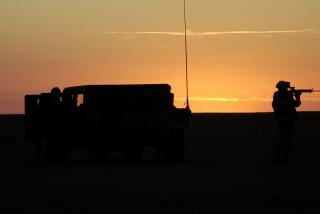With few combat wounded, what’s next for Wounded Warrior Regiment and Warrior Games?
- Share via
CAMP PENDLETON — Cpl. Dakota Boyer landed in the Marine Corps’ Wounded Warrior Regiment in 2015 with paralyzed legs and an arm that no longer worked right.
This proud infantryman wasn’t wounded in Iraq or Afghanistan. His life-changing injury happened on a Coronado beach when a 350-pound engine fell on him during training.
Boyer is walking again. Swimming, too, and hoping against hope to stay in uniform.
The corporal and Marines like him are the new faces of the Wounded Warrior Regiment, founded in 2007 to handle the stream of combat-wounded troops from Iraq. With major ground combat over on America’s former battlegrounds, the regiment is figuring out its new role.
And as the Marine Corps this week began picking its team for the annual military-wide Warrior Games, the future of the Paralympics-style summer competition is a question mark.
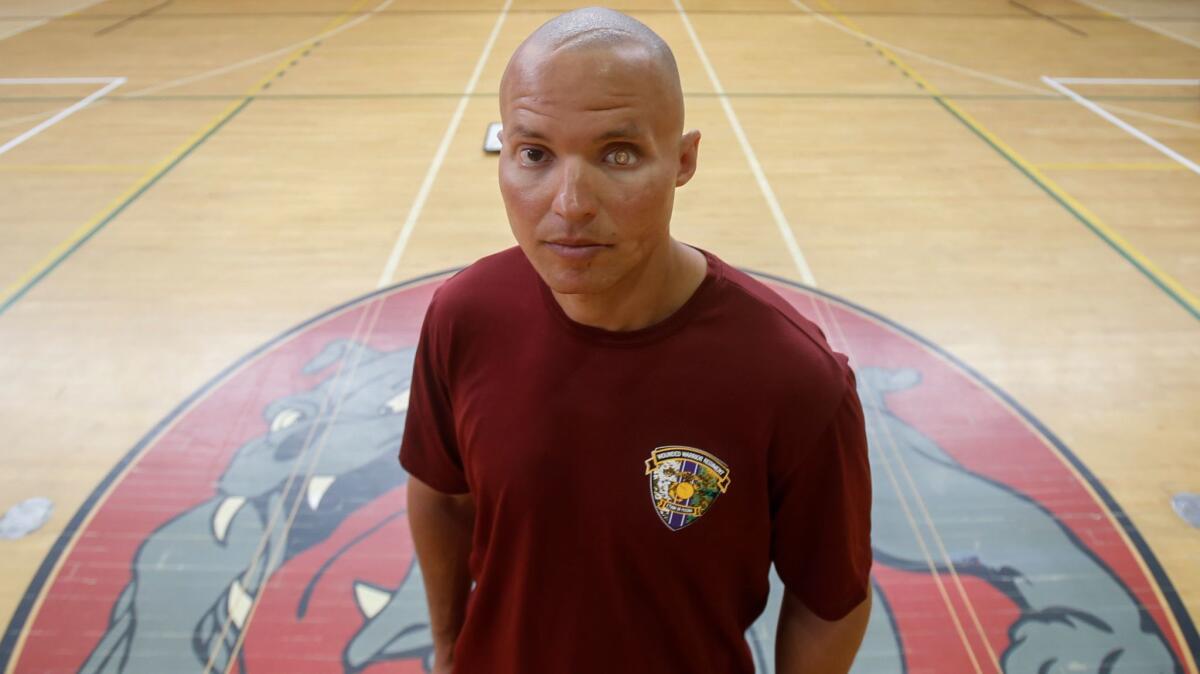
The regiment has shrunk to 500 resident troops, and at least 85 percent of them are suffering from conditions unrelated to combat. But the regiment plans to continue operating despite an already downsized staff. At its peak, the unit included up to 1,400 wounded Marines mainly in special battalions at Camp Pendleton and Camp Lejeune, North Carolina.
The Corps sees value is keeping the unit running, said Col. Scott Campbell, the regiment’s commanding officer.
Up to one in five Marines assigned to the regiment have post-traumatic stress disorder as the primary diagnosis. It’s an illness that can — and, according to Campbell, often does — surface well after the combat exposure.
The regiment has generally gotten older: The critical mass used to be at ages 18 to 24. Now the biggest group is 30 to 39-year-olds who end up physically broken after years of heavy work.
Even now, more than 90 percent are so gravely sick or injured that they are bound for medical discharges.
“Do the ill and injured rate the same level of care as our wounded? The answer is obviously yes. And, oh by the way, we’re probably going to be at war again,” Campbell said, explaining the Marine Corps’ thinking.
“So if you disband the regiment and the battalions — these first-rate facilities would go unused, No. 1,” Campbell said, referring to the state-of-the-art rehabilitation center finished in 2012 at Camp Pendleton. “And, No. 2, if you went back to war, you’d have to rebuild it.”
But the regiment is projected to see a 30 percent staff reduction within the next year, as part of a new strategic direction Campbell has led. Its budget last year was $24 million.
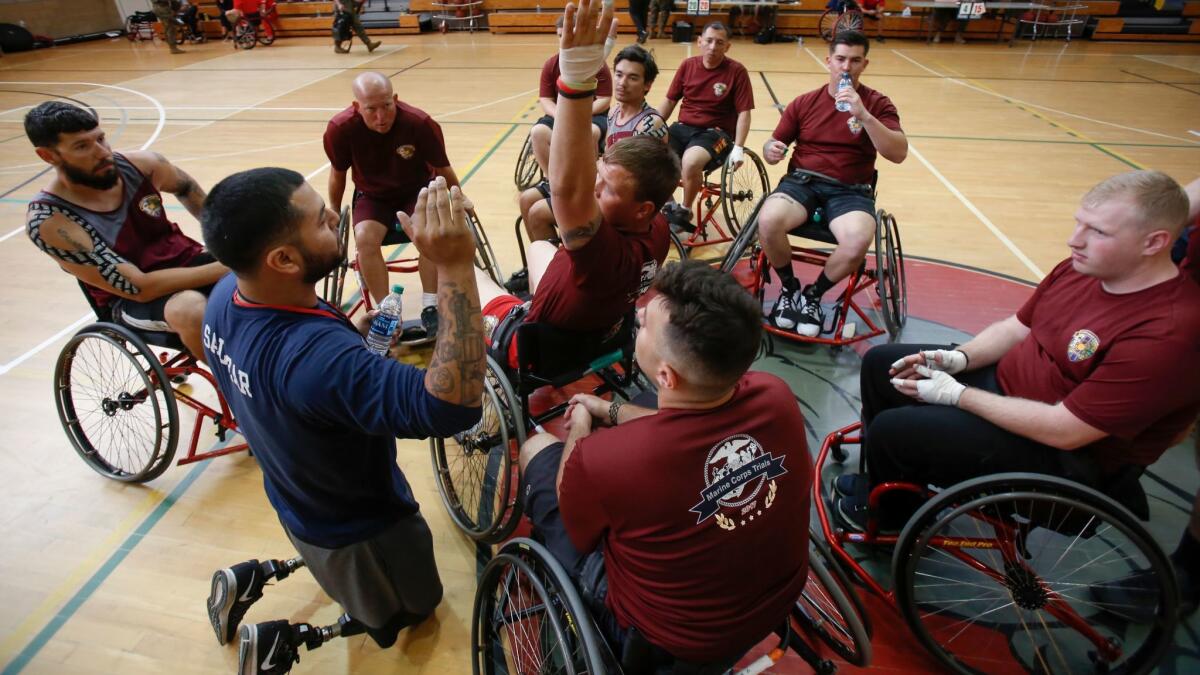
The Marine Corps Trials for the Warrior Games were held this week at Camp Pendleton, as in past years.
Injured active-duty troops and Wounded Warrior alumni battled it out to represent the Corps this summer in Chicago, the latest site of the Warrior Games. Out 250 hopefuls, the Corps will pick 40 for its team.
The Games pit the Marines against the Army, Navy, Air Force and U.S. Special Operations Command teams — for medals, but mostly for pride. They were started in 2010 under the auspices of the U.S. Olympics Committee. The Defense Department took it over in 2015.
The Navy was assigned as lead organizer this year, and in 2018 it will be the Air Force. After that, ownership of the Games is uncertain.
“Do you still do the Warrior Games for ill and injured for the long haul? I don’t know,” Campbell said. “I think that will be the discussion in the future.”
A Pentagon spokesman told The San Diego Union-Tribune this week that officials are committed to the event but are “looking at the feasibility of either a Defense Department-Department of Veterans Affairs co-sponsored games, or privatizing the games altogether.”
This year’s event in Chicago will cost $12 million — half of it covered by the government and the other half by private sponsors such as Boeing and the Fisher House Foundation.
Wounded warriors at Camp Pendleton said they’d hate to see the competition fade.
“When you are at Wounded Warrior Battalion — if you want to recover, that’s all on you. It’s a single-man effort,” said Boyer, whose first doctor told him he might not walk again. “But when we’re part of the Warrior Games or the Marine Corps Trials, it’s a team effort to see who can get the most medals and beat the other branches.”
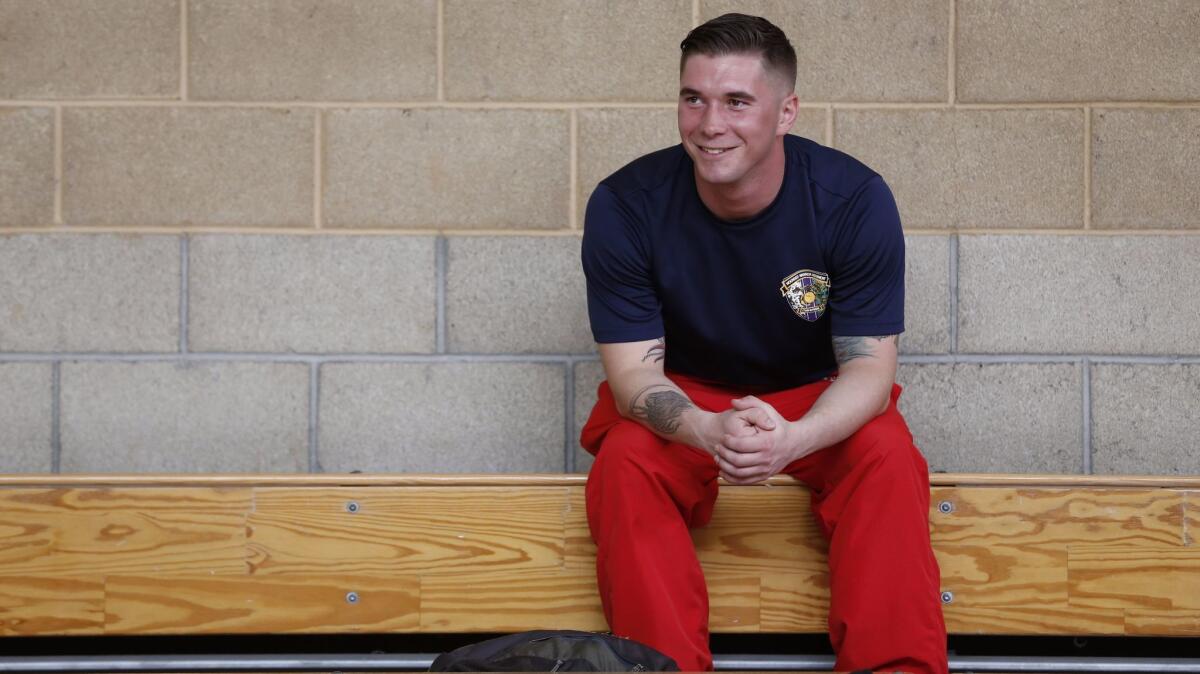
Gunnery Sgt. Dorian Gardner is one of the few combat-wounded Marines competing at the Camp Pendleton athletic trials this year.
Gardner, a 33-year-old father of four, was injured in a mortar blast in Afghanistan. Scars crisscrossing his bald scalp tell the story.
He lost one eye, now replaced by a fake eye emblazoned with the Marine Corps symbol. Vision in the other is gravely diminished. He has no peripheral vision.
Gardner is a rare case: He chose to stay in the Marines despite the limitations of his injury. He works in public affairs in Norfolk, Virginia.
Last year, he was assigned to staff the Warrior Games. This year he wants to return as a competitor.
“I really wanted to be a part of this after seeing what happened last year with the Marines. I was really inspired. I felt like I was missing out, just watching from the sidelines,” Gardner said.
He started working on his conditioning. This week, he tried out for slots in track-and-field and swimming. It was sometimes grueling: Three-hour practices to learn how to throw discus and shot put.
“It would mean the world to me if I could actually become a part of that team,” Gardner said.
“What I do now, as a public affairs Marine who is no longer deployable, the one big thing I want to do is teach my younger guys everything I’ve learned,” he said. “If the Warrior Games continue on, I’ll continue to try to be there, to contribute to that team.”
The jury is still out on whether Boyer, the engine victim, can stay in uniform despite his injuries. For certain, he can’t remain in the infantry.
In his heart, he’s a lifetime Marine. He won the “spirit of the team” award at last year’s trials.
“I plan to become the sergeant major of the Marine Corps,” Boyer said without hesitation. “He’s No. 1 enlisted person in the entire Marine Corps. That’s going to be me someday.”
Military Videos


D-Day paratrooper from Coronado jumps again in France — at age 96
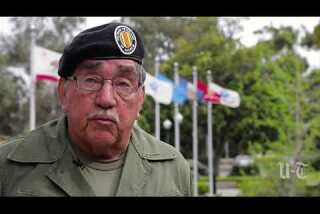
Remembering war's fallen, one name at a time
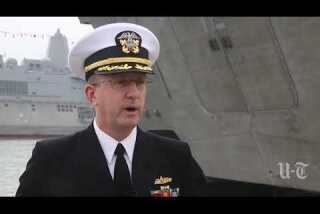
Video: Navy's newest vessel sails into San Diego and a new future in surface warfare
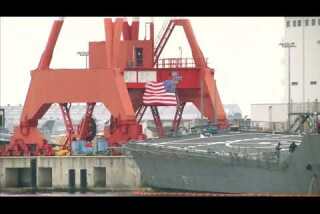
Video: U.S. Navy files homicide charges over warship collisions

Stopping Marine hazing

Video: U.S. Navy Air Crew Grounded After Creating Vulgar Sky Drawing
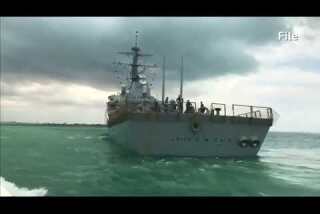
Navy says Asia Pacific ship collisions were avoidable

Hundreds of recruits get sick at Marine boot camp
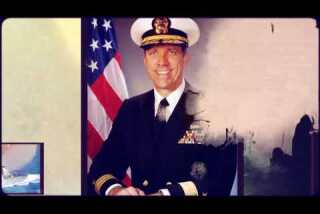
Cutler Dawson Talks Navy Federal


